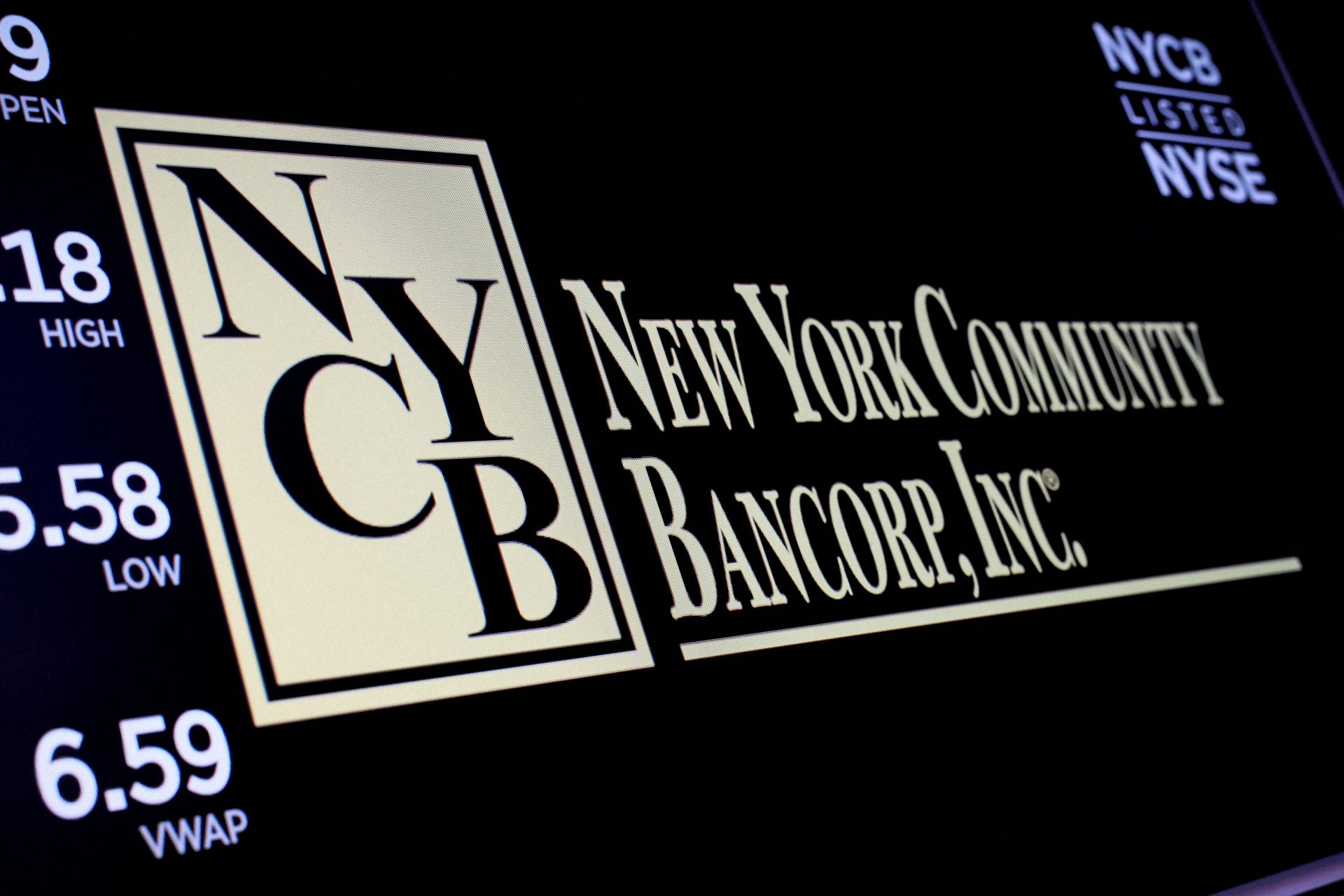California Makes Historic Investment into Harm Reduction

California recently approved a $61 million-dollar, four-year investment into the National Harm Reduction Coalition (NHRC).This is a landmark decision, as American healthcare systems have been largely resistant to enacting harm reduction methods.We’ll discuss what this means, how it differs from traditional methods, and why this is important.
TheAbstinence Model and Its Limitations
If you walk into any substance abuse treatment or clinic within the United States of America today, odds are that you will likely be treated with an abstinence-only framework. The expectation will probably be that you will stop using all illicit substances and alcohol as quickly as possible and remain completely sober for the rest of your life. There are some concessions that “relapse is often part of the process” or that “mistakes happen,” but the general expectation is total abstinence.
The idea of abstinence makes sense, in theory. Obviously, for those struggling with addiction, the end goal should be freedom and recovery from the grip of drugs and alcohol on the person’s life. However, this abstinence-based perspective generally lacks a lot of nuance. It can often be alienating for people, especially those in early recovery or who have not gained any sobriety yet. Total and complete abstinence is excellent for those who are prepared for change, but for those who are still contemplative or not ready to give up their drugs of choice completely, this “all or nothing” ideology can be distancing and unforgiving.
For example, if somebody with an addiction comes to a treatment center looking for help and resources but is told that they can only receive support if they go completely cold turkey from their drug of choice, the odds are more likely they’ll disengage from the program. Some individuals with a substance use disorder (SUD) cite this lack of flexibility or moderate support as reasons why they leave or never seek treatment in the first place.
How Harm Reduction Can Help
It should be reiterated that complete abstinence is always the goal of any successful treatment program. Addiction is without question a chronic, lifelong, increasing disease and causes severe, if not fatal, damage to the sufferer if abstinence is not achieved.People with substance use disorders cannot simply “moderate” their use at functioning levels for extended periods because addiction is so distinctly progressive in nature.That being said, there are ways that people can receive help and support while still in active addiction that the traditional treatment model fails to provide.

Some examples of effective, life-saving harm reduction tactics include:
- Clean needles and paraphernalia and needle exchange programs
- Medically assisted treatment programs, like Suboxone and Methadone
- Overdose prevention medications like Narcan
- Supervised “safe use” sites where people can use their substances under medical oversight
- Resources and education training about harm reduction principles and safe substance use practices
- Housing, job, medical, and food support
Harm reduction, or the idea of a more gradual approach to drug addiction recovery, is still a relatively new concept and has not garnered widespread support yet.Many countries prioritize the criminalization of substances over treatment, making a shift toward harm-reduction methods very difficult. A few countries, like Portugal, Canada, and the Netherlands, have implemented harm reduction centers and programs. These strategies have already yielded positive results, such as decreases in overdoses and lower rates of bloodborne infections.
Why California’s Historic Investment in Harm Reduction Matters
California’s significant financial investment in harm reduction programs is substantial for several reasons. First of all, it provides resources for countless underserved people within California who aren’t ready for a full recovery and who are at incredible risk for overdose, bloodborne diseases, exploitation, and more.
Secondly, with this move towards harm reduction,we’ll hopefully see a shift towards a more modern attitude to the traditional U.S. addiction treatment approach.Many practitioners are resistant or slow to adapt to a harm-reduction methodology for several reasons, including:
- Worry about the messaging of “moderate” substance use being an acceptable long-term solution for addiction.
- “Safer” use may give people a false sense of security and could make them generally more resistant to total abstinence.
- A lack of strong empirical evidence about the efficacy of harm reduction techniques in keeping people safe and moving towards long-term sobriety.
- The myriad other issues with substance use, like housing insecurity, poverty, nutritional deficits, and sexual exploitation going unaddressed.
- The legal issues around continue dillic it substance use.
Advocates of harm reduction would argue that many of these things are already not being sufficiently addressed with the traditional abstinence model of recovery anyway, but that people are dying in the meantime due to unsafe conditions. Harm reduction does not solve all addiction problems, nor does it negate the serious medical dangers of drug use. But it keeps people alive while they work towards complete abstinence. Further, advocates of harm reduction methods say programs like this help decrease the moralization of addiction and help treat the people, not the disease.
Conclusion
Advocates for and against harm reduction will be keeping a careful eye on California and how this new funding will affect those seeking treatment, harm reduction, or both.
If you are interested in speaking with a substance abuse counselor about your options for treatment, contact the 24/7 SAMHSA national hotline at 1-800-662-HELP (4357).
About the Author
Scott H. Silverman is a San Diego based expert on addiction and recovery. He is the Founder and CEO of Confidential Recovery, a San Diego substance abuse treatment center that specializes in helping Veterans and First Responders get and stay sober.



